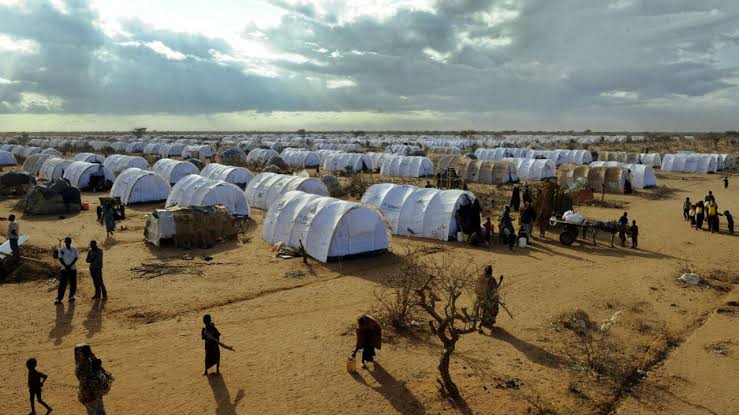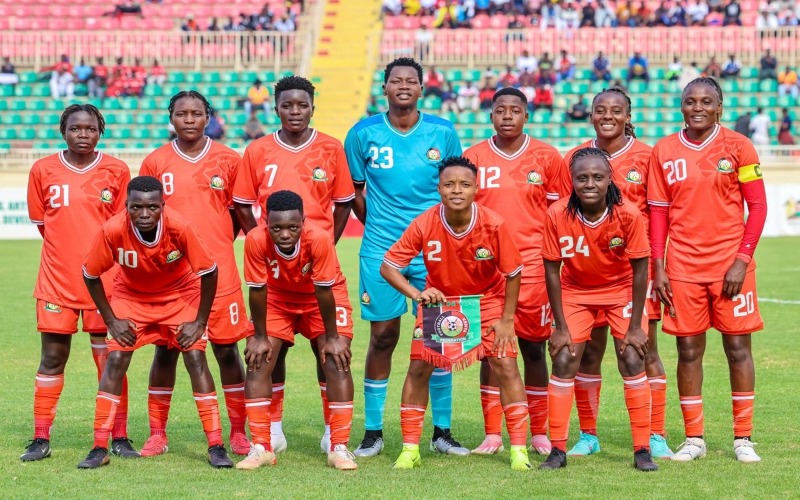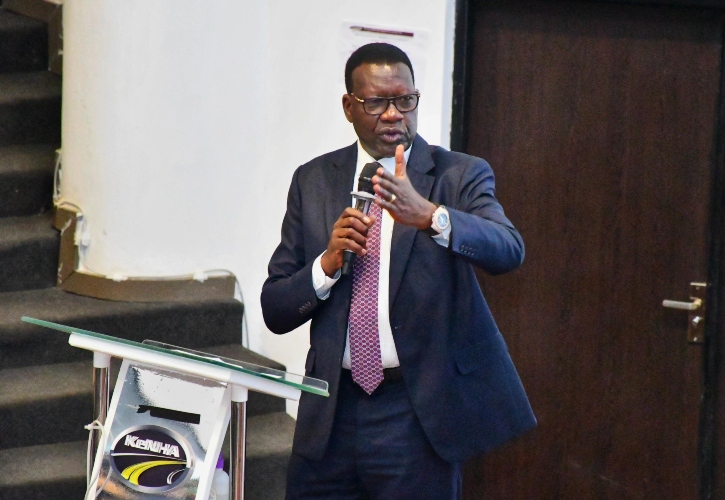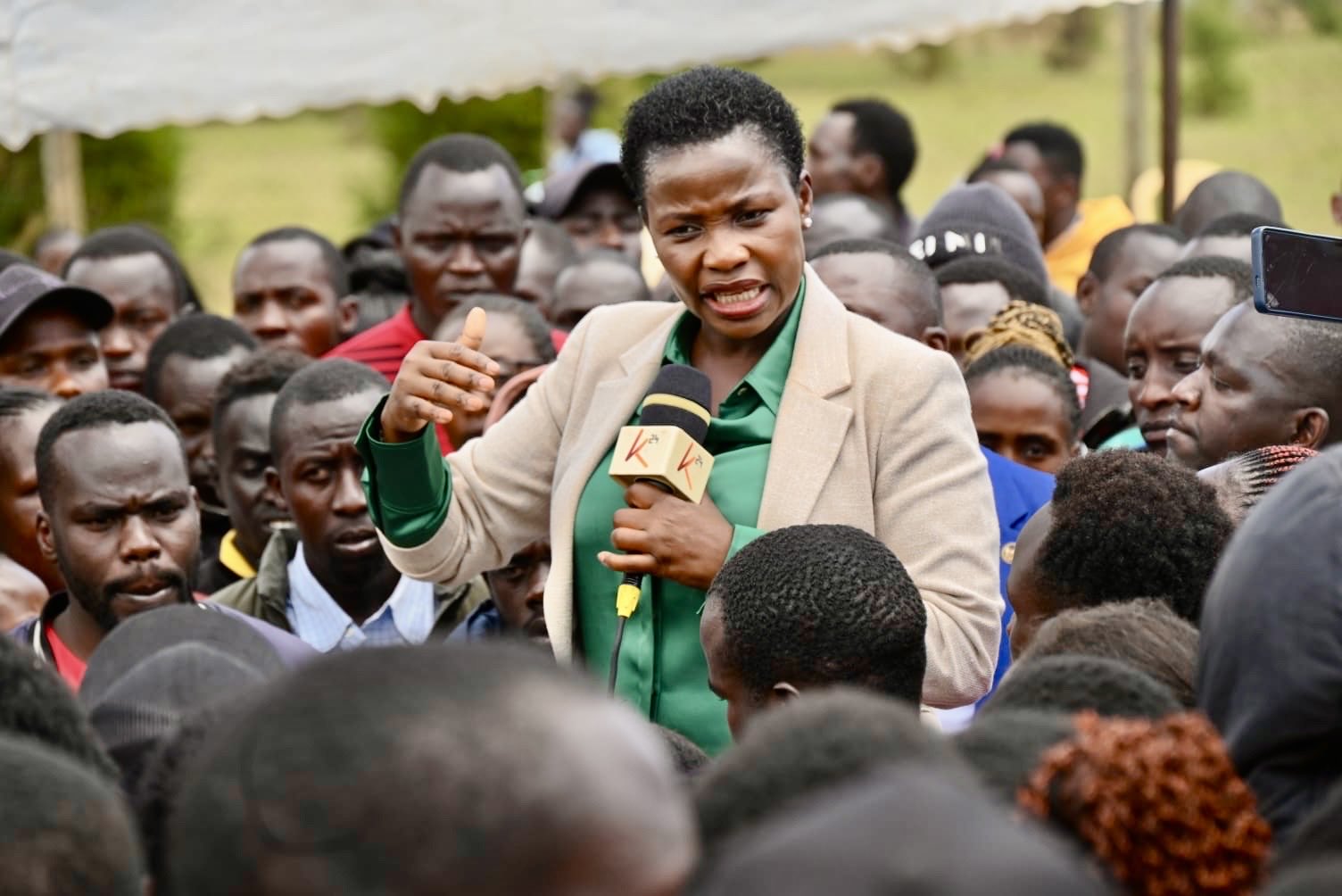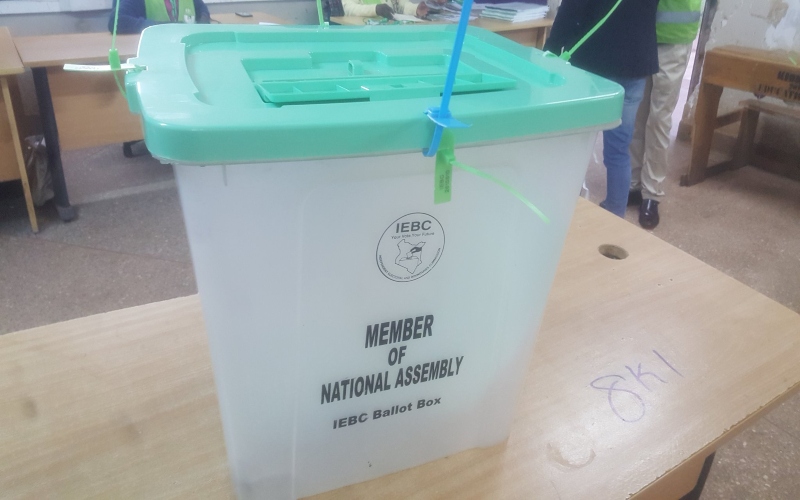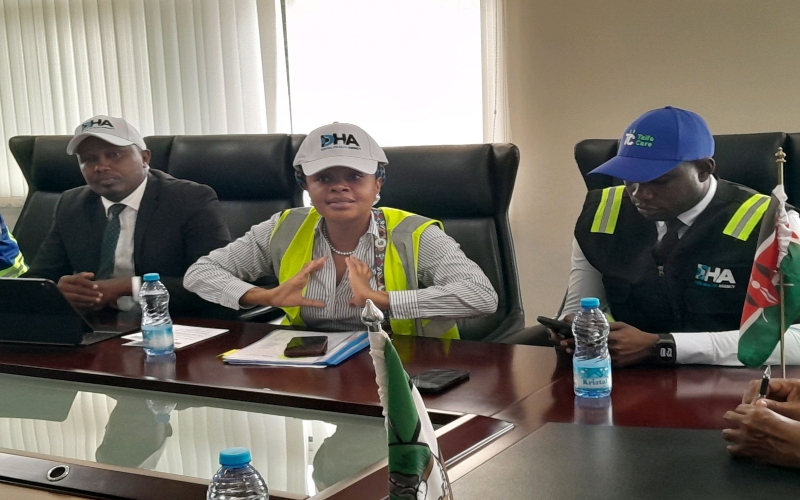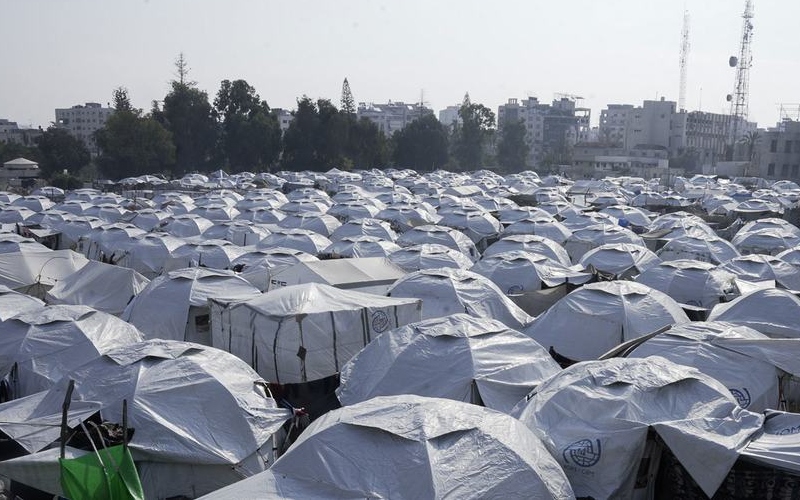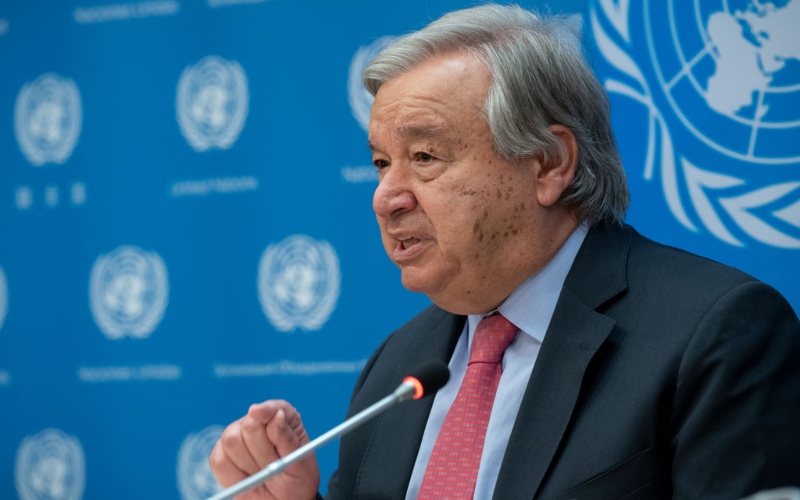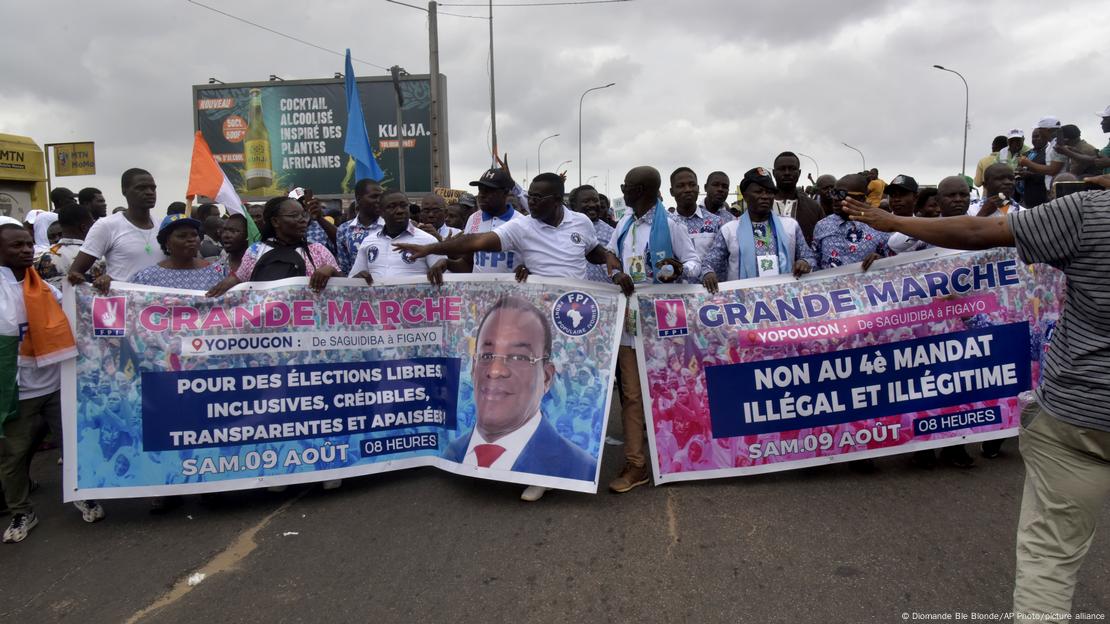Kenya outshines neighbours in media coverage of SGBV, femicide
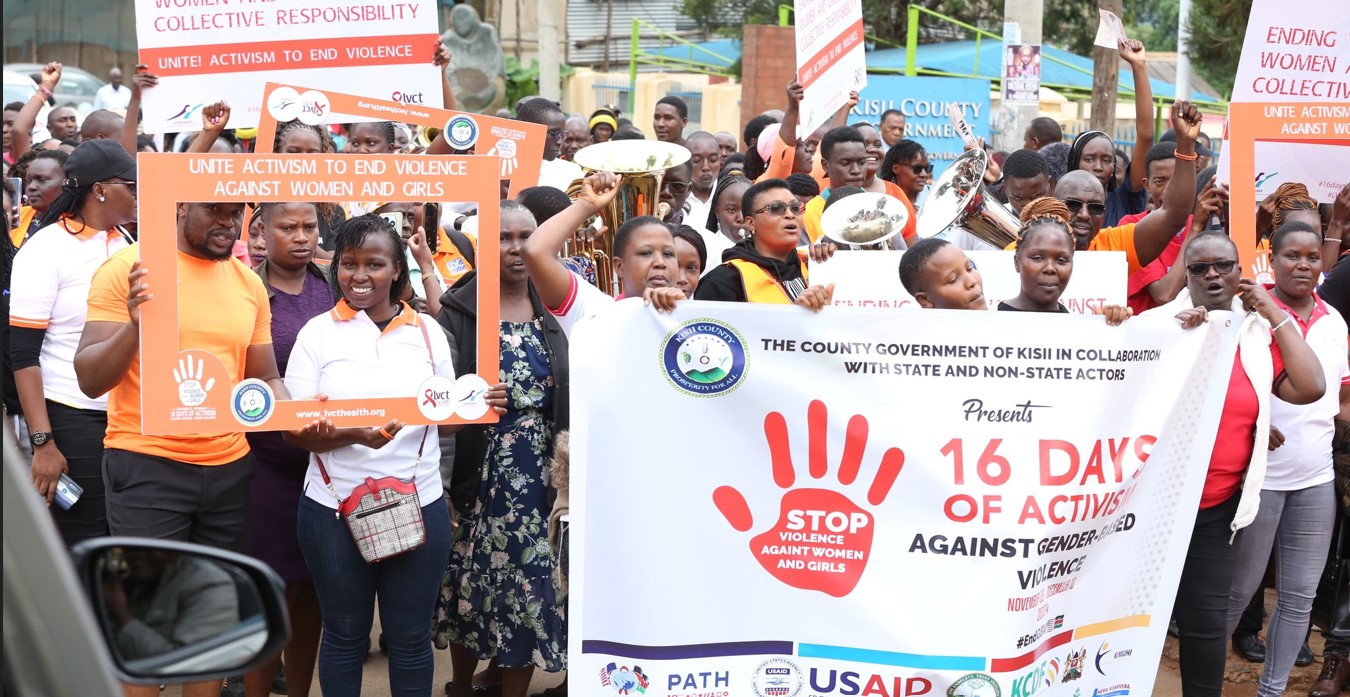
The study, which analysed coverage from January 2024 to April 2025, shows that Kenya produced 54 per cent of all stories published or aired on the subject within the region, followed by Tanzania at 28 per cent and Uganda at 18 per cent.
Kenya has been identified as the leading country in East Africa for media reporting on sexual and gender-based violence (SGBV) and femicide, a new study has revealed.
The study, which analysed coverage from January 2024 to April 2025, shows that Kenya produced 54 per cent of all stories published or aired on the subject within the region, followed by Tanzania at 28 per cent and Uganda at 18 per cent.
More To Read
- DPP calls for empathy-driven justice in defilement prosecutions
- International Day of the Girl: UNICEF highlights increased risks for girls amid crisis
- Unmasked: The truth behind child marriages
- Turkana County, Amref launch final phase of HIV, TB and reproductive care project
- 65,540 teen pregnancies in Busia prompt KEWOSA intervention
- Wajir leaders sound alarm on FGM crisis, call for cultural shift to protect girls
The report, titled 'Media Framing of Sexual and Gender-Based Violence and Femicide' in East Africa, examined how media outlets framed issues related to SGBV and femicide using both quantitative and qualitative methods, including interviews with journalists, editors, and gender rights advocates.
According to the findings, Kenya’s strong showing was largely attributed to the presence of established gender desks in major news organisations and editorial commitment to gender-related reporting.
However, the study noted that across the three countries, coverage was largely “uneven and event-centred,” with most stories increasing during awareness campaigns such as the 16 Days of Activism Against Gender-Based Violence.
The research further found that 78 per cent of stories adopted a thematic framing, situating SGBV within social, cultural, and policy contexts.
Despite this, Kenya’s growing digital media sector tended to focus on short-term, incident-based reporting.
Victims were portrayed sympathetically in 90 per cent of stories, while only 6 per cent directly attributed responsibility to perpetrators, a pattern the report cautioned could “depoliticise gender violence by focusing on victims’ pain while overlooking accountability and systemic failures.”
“The attribution of responsibility (99 per cent), criminal justice (79 per cent), and activism and policy (61 per cent) were the most common frames, pointing to increased attention to justice and accountability,” the report states.
Although Kenya outperformed its neighbours in sustained reporting at 58 per cent, the majority of follow-up stories still centred on victims rather than perpetrators or judicial outcomes.
Uganda showed progress in 2025 after training journalists on gender-sensitive reporting, while Tanzania’s coverage fluctuated due to editorial policies and resource limitations.
The report further revealed that government officials were the most featured voices in coverage across the region at 21 per cent, followed closely by victims at 20 per cent.
Perpetrators appeared in only 3 per cent of the stories, a finding the report said “weakens accountability and perpetuates impunity.”
In conclusion, the study noted that while the media in East Africa has made notable progress in addressing gender-based violence, consistent, intersectional, and justice-oriented reporting remains limited.
It recommends the institutionalisation of gender desks, enhanced follow-up journalism, and continued training for journalists to promote survivor-centred and accountability-driven coverage.
Other Topics To Read
Top Stories Today
